The New England Aquarium in Boston is home to a diverse array of marine life, including stingrays. These graceful creatures are popular attractions for visitors, offering a unique opportunity to observe their beauty up close in a controlled environment. The stingrays at the aquarium are an educational asset, helping raise awareness about the species’ role in the ocean ecosystem and promoting conservation efforts. This article will explore the types of stingrays found in Boston Aquarium, their habitat within the facility, and the educational programs designed to help visitors better understand these intriguing marine animals.
Species of stingrays found in Boston Aquarium
The New England Aquarium houses several species of stingrays found in Boston, each with its own unique characteristics and adaptations. Visitors can observe these species in exhibits that replicate their natural habitats, providing an immersive experience.
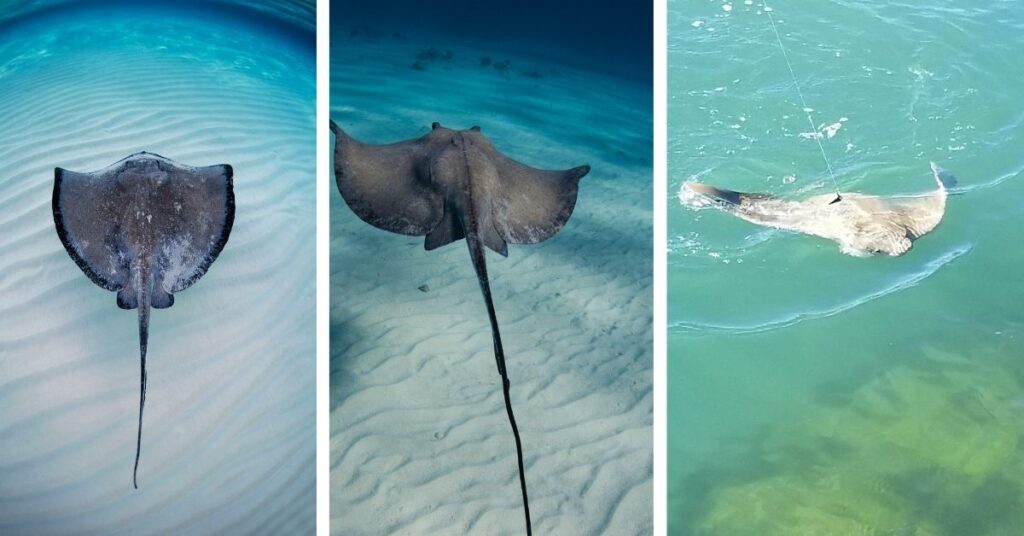
Cownose Stingray (Rhinoptera bonasus)
One of the most popular species at the aquarium is the cownose stingray, known for its distinctive rounded head, which resembles a cow’s nose. This species is native to the western Atlantic and is often found in shallow coastal waters. In the aquarium, cownose stingrays are housed in a large touch tank, where visitors can observe and even interact with them under the guidance of trained staff.
Southern Stingray (Hypanus americanus)
The southern stingrays found in Boston are fascinating creatures. These stingrays are larger than the cownose stingray and are typically observed gliding along the bottom of their exhibit. Native to the coastal waters of the western Atlantic, southern stingrays have a flattened, diamond-shaped body and can grow up to 5 feet in width. At the aquarium, they are displayed in exhibits that mimic the sandy or muddy seafloor environments where they are typically found.
Atlantic Stingray (Dasyatis sabina)
The Atlantic stingray is smaller than other species in the aquarium but is equally fascinating. These stingrays are common along the U.S. east coast, from Florida to the mid-Atlantic, and are sometimes spotted as far north as Massachusetts during warmer months. In the aquarium, they are kept in tanks that replicate their natural coastal and estuarine habitats, offering visitors a glimpse of how these adaptable animals thrive in different environments.
Habitat Replication at the Aquarium
The New England Aquarium is dedicated to replicating the natural environments of the marine species in its care. The stingrays found in Boston are exhibited in carefully designed environments to simulate the coastal and ocean habitats that these animals inhabit in the wild.
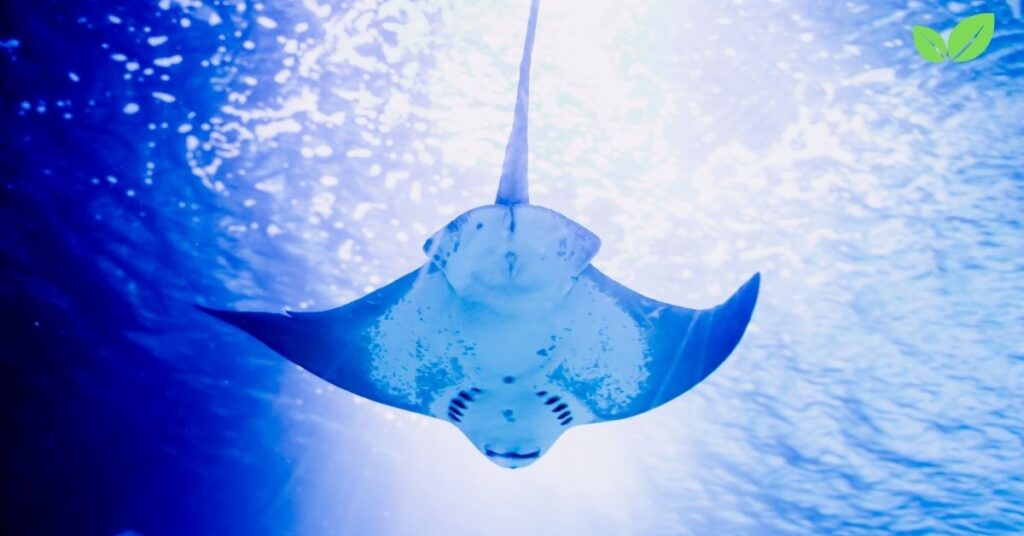
Stingray Touch Tank
One of the most interactive exhibits at the aquarium is the stingray touch tank, where visitors can reach into the water to gently touch the rays as they glide by. This exhibit mimics the shallow coastal environments where cownose and other stingrays are often found. The water in the touch tank is kept at a temperature suitable for the species, and the substrate at the bottom of the tank is soft and sandy, similar to the natural environments where stingrays bury themselves.
Larger Tank Exhibits
In addition to the touch tank, the aquarium features larger tanks designed to replicate the deeper coastal waters that stingrays inhabit. These tanks are carefully maintained to ensure optimal water quality and temperature. The exhibits include various hiding places and ample open water space, allowing the stingrays to move freely and exhibit their natural behaviors, such as foraging for food or swimming gracefully along the seafloor.
Stingray Feeding and Behavior
Understanding stingray behavior and feeding habits is a key focus of the educational efforts at the New England Aquarium. Visitors have the chance to learn how stingrays feed, their social behaviors, and how they interact with their environment.
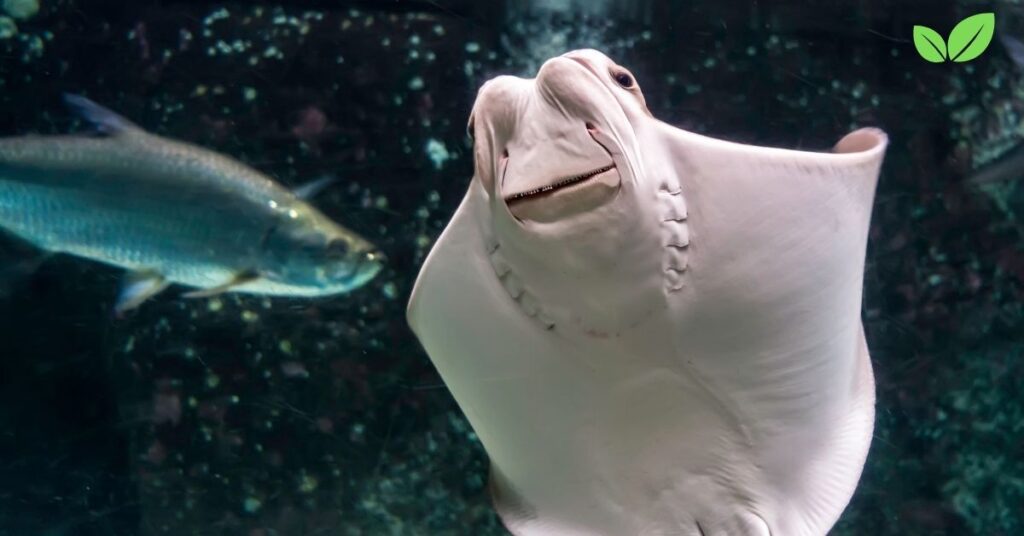
Feeding Demonstrations
The aquarium hosts regular feeding demonstrations, where visitors can watch as the stingrays are fed. Stingrays are bottom feeders and use their specialized mouths to suck up food from the sandy or muddy substrate. Their diet in the wild includes small fish, mollusks, and crustaceans. At the aquarium, the stingrays are fed a balanced diet of similar food items, such as squid, shrimp, and fish, providing the nutrients they need to stay healthy.
These demonstrations offer an up-close look at how stingrays locate and consume food using their keen senses. Aquarium staff explain how stingrays use their electroreceptors, called ampullae of Lorenzini, to detect the electrical signals emitted by their prey, even when buried beneath the sand.
Social and Behavioral Patterns
In the aquarium environment, stingrays exhibit a range of social behaviors. While some species prefer to be solitary, others, like the cownose stingray, are known to swim in groups, creating a mesmerizing display as they glide through the water. Observing these behaviors in an aquarium setting allows visitors to gain insights into the social dynamics of stingrays, as well as their movement patterns and interactions with other marine species.
Educational Programs and Conservation Efforts
One of the core missions of the New England Aquarium is to educate the public about marine conservation, and the stingray exhibits play a key role in achieving this goal. Through hands-on learning opportunities, informative presentations, and interactive displays, the aquarium helps visitors understand the importance of stingrays in marine ecosystems and the need for their protection.
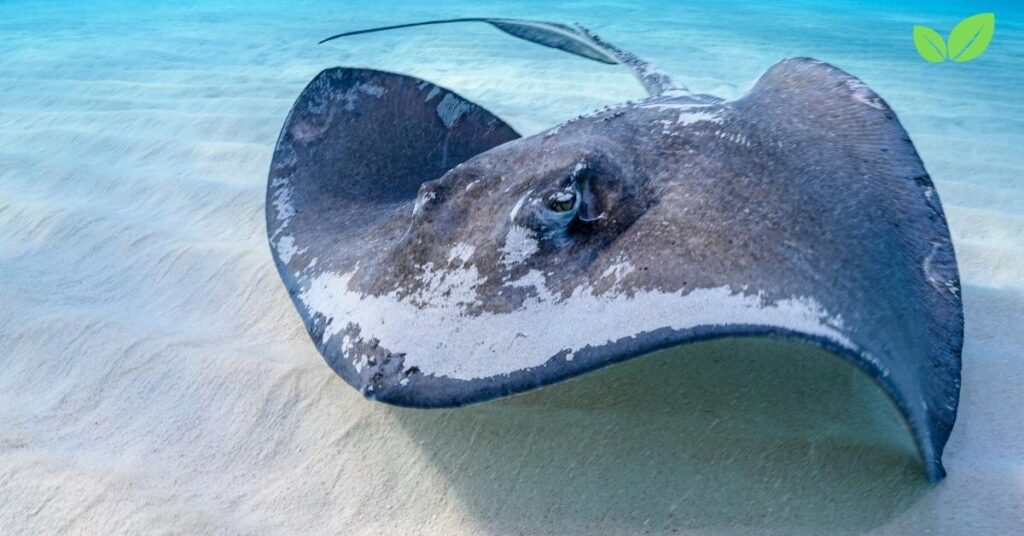
Interactive Learning
The stingray touch tank provides a hands-on learning experience for visitors of all ages. By touching and observing stingrays in a safe and controlled environment, visitors gain a deeper appreciation for these often misunderstood creatures. Trained staff members are available to answer questions and provide information about stingray biology, behavior, and conservation.
Stingray Conservation Awareness
Stingrays, like many marine species, face numerous threats in the wild, including habitat destruction, pollution, and overfishing. The New England Aquarium is committed to raising awareness about these issues and promoting conservation efforts. Through its educational programs, the aquarium informs visitors about the challenges stingrays face and encourages actions that can help protect their habitats, such as reducing plastic waste, supporting sustainable fishing practices, and participating in marine conservation initiatives.
Stingrays as Ambassadors for Ocean Conservation
Stingrays found in Boston Aquarium serve as ambassadors for broader ocean conservation efforts. Their presence not only captivates visitors but also highlights the need to protect marine environments and the species that inhabit them.
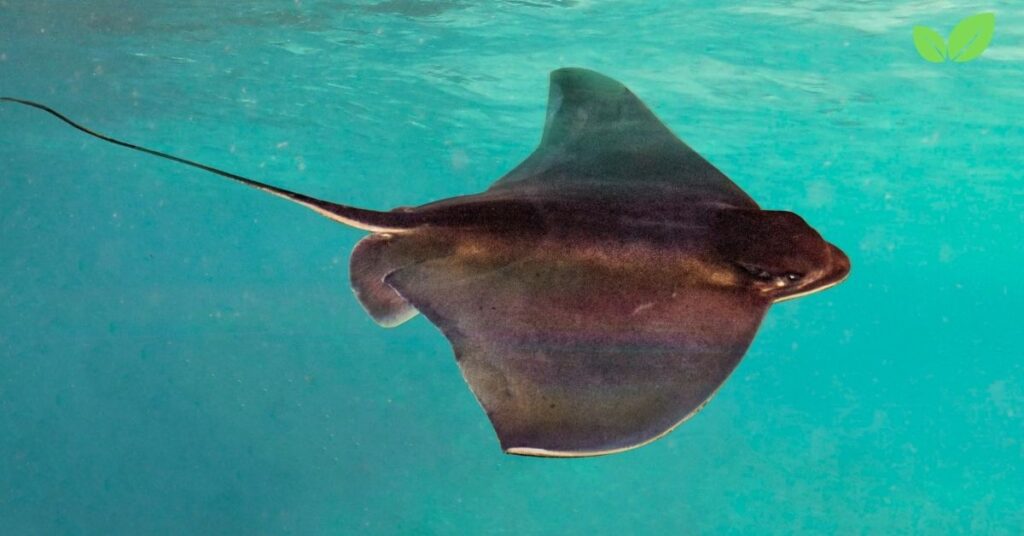
The Role of Aquariums in Conservation
Aquariums like the New England Aquarium play a vital role in marine conservation by providing a platform for education, research, and advocacy. The stingrays housed at the aquarium contribute to ongoing research efforts aimed at understanding stingray behavior, health, and ecology. This research helps inform conservation strategies in the wild, contributing to the preservation of stingray populations and their habitats.
By showcasing stingrays in a controlled environment, the aquarium fosters a connection between visitors and the ocean, inspiring a sense of responsibility for protecting marine life. Visitors leave with a better understanding of the delicate balance of ocean ecosystems and the impact humans have on them.
Promoting Sustainable Practices
In addition to educating the public, the New England Aquarium actively promotes sustainable practices to help protect stingrays and other marine species. Through partnerships with organizations dedicated to marine conservation, the aquarium supports efforts to reduce bycatch in fisheries, protect critical stingray habitats, and promote policies that safeguard marine biodiversity.
Conclusion
The stingrays found in Boston Aquarium offer an incredible opportunity for visitors to learn about these graceful creatures and their role in marine ecosystems. By providing interactive experiences, such as the stingray touch tank, and offering informative educational programs, the aquarium not only entertains but also raises awareness about the importance of conservation.
Through these efforts, the New England Aquarium fosters a greater understanding of stingrays and the challenges they face in the wild, encouraging visitors to take an active role in protecting marine environments. Stingrays, with their unique adaptations and fascinating behaviors, continue to captivate and inspire all who visit the aquarium, serving as powerful ambassadors for the health and preservation of our oceans.
Read More: The Ocean Dragon: Exploring the Leafy Sea Dragon and Its Environmental Importance

